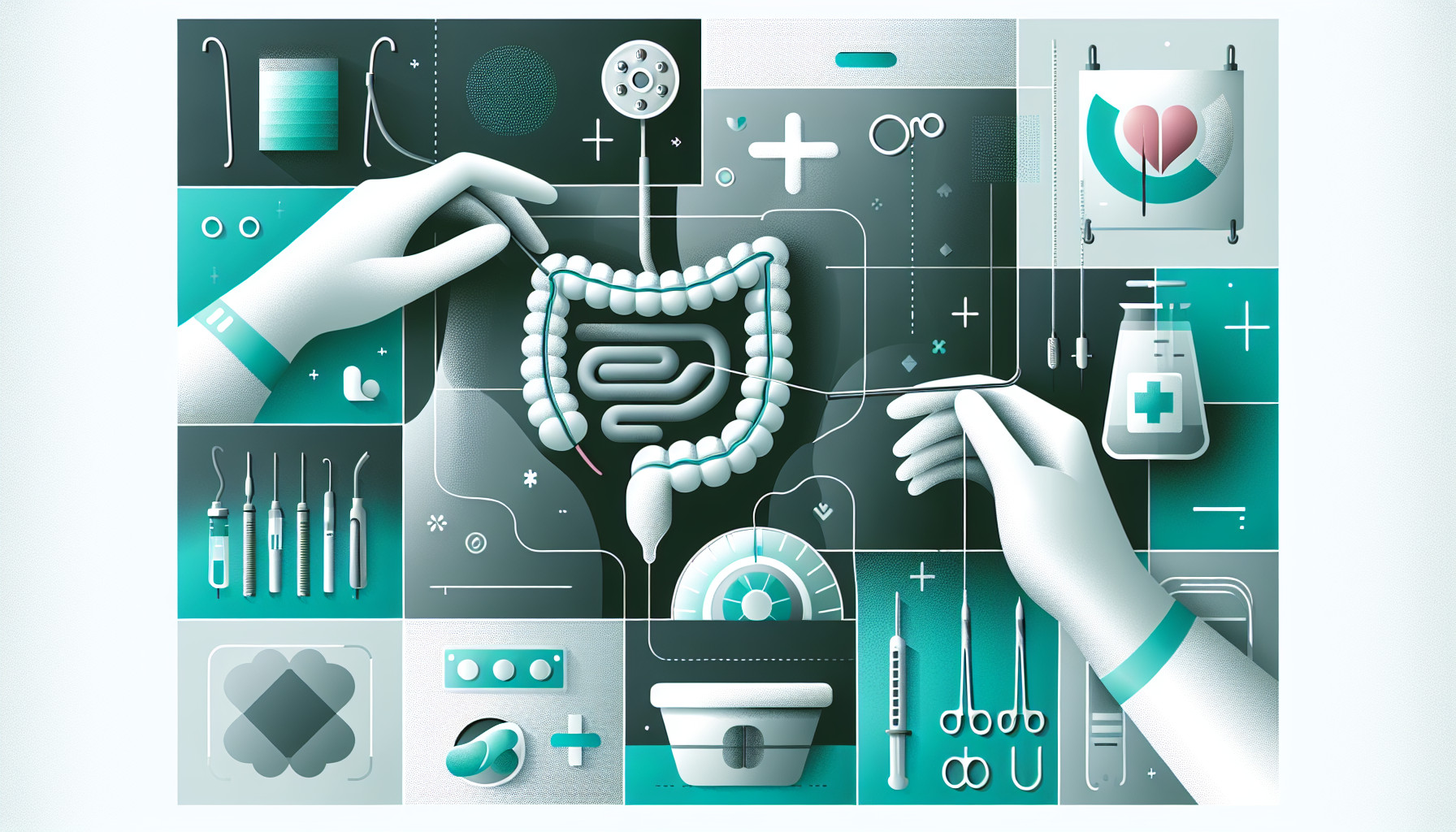Our Summary
This study looked at how a technique called intermittent catheter clamping, combined with active urination training, might help patients recover normal urinary function after a specific type of bowel surgery (proctectomy). This technique is often used to help reduce the need for a second catheterization.
The researchers studied data from patients who had this surgery at a medical center in China. Some patients were given the clamping and training (ICCAUT), while others had a free-drainage method.
The study found that those patients who had the clamping and training had less urinary dysfunction than those who had free-drainage. This was true even when taking into account other factors that might influence the results.
Interestingly, the study also found that male patients benefited more from the clamping and training than female patients.
Lastly, using the clamping and training method didn’t increase the risk of urinary tract infections - the risk was about the same as for the free-drainage method.
In simple terms, this technique might be a good way to help patients, especially men, recover normal urinary function after bowel surgery, without increasing the risk of infection.
FAQs
- What is the purpose of intermittent catheter clamping and active urination training in patients who have undergone a proctectomy?
- How does the clamping and training technique compare to the free-drainage method in terms of urinary dysfunction and risk of urinary tract infections?
- Why did male patients seem to benefit more from the clamping and training method than female patients?
Doctor’s Tip
So, if you are undergoing a proctectomy, your doctor may recommend trying intermittent catheter clamping combined with active urination training to help improve your urinary function post-surgery. This technique has been shown to be effective in reducing the need for a second catheterization and can help male patients in particular. It is important to follow your doctor’s recommendations and guidance throughout your recovery process.
Suitable For
Patients who undergo proctectomy, which is the surgical removal of the rectum, are typically recommended for this study. Proctectomy is often performed to treat conditions such as rectal cancer, inflammatory bowel disease, or severe hemorrhoids. These patients may experience urinary dysfunction following surgery, and the technique of intermittent catheter clamping combined with active urination training may help improve their urinary function.
Overall, this study suggests that patients undergoing proctectomy, especially male patients, may benefit from the use of intermittent catheter clamping and active urination training to improve their urinary function without increasing the risk of urinary tract infections.
Timeline
Before proctectomy:
- Patient undergoes pre-operative evaluations and tests to assess their overall health and suitability for surgery
- Patient meets with their surgeon to discuss the procedure, potential risks, and expected outcomes
- Patient may need to undergo bowel preparation to empty the colon before surgery
After proctectomy:
- Patient is closely monitored in the hospital for complications and to ensure proper healing
- Patient may experience pain, discomfort, and changes in bowel habits after surgery
- Patient gradually resumes normal activities and diet under the guidance of their healthcare team
- Patient may need to undergo physical therapy or other rehabilitation to regain strength and function
- Patient may require ongoing follow-up appointments with their surgeon to monitor their progress and address any concerns.
What to Ask Your Doctor
Some questions a patient should ask their doctor about proctectomy and the use of intermittent catheter clamping and active urination training include:
- What is a proctectomy and why might I need this surgery?
- How does intermittent catheter clamping and active urination training help with post-operative urinary function?
- What are the potential benefits of using this technique compared to free-drainage methods?
- Are there any potential risks or complications associated with using intermittent catheter clamping and active urination training?
- How will this technique be implemented during my recovery process?
- Will the use of intermittent catheter clamping and active urination training increase my risk of urinary tract infections?
- How long will it take for me to recover normal urinary function after the surgery?
- Are there any specific factors that might make me a better candidate for this technique?
- Are there any alternative methods or treatments that could also help with my post-operative urinary function?
- What follow-up care or monitoring will be needed after the surgery to ensure proper recovery?
Reference
Authors: He T, Wang D, Yu J, Suo J, Wang H, Sun D, Yang J, He L, Zhang L, Chen Y, Sun J, Wang Q, Guo Y. Journal: Support Care Cancer. 2024 Dec 13;33(1):23. doi: 10.1007/s00520-024-09076-z. PMID: 39671079
